Wedge Reviews
Scratch Tour Wedge Review
I have had the pleasure of working with Ari Techner President/CEO of Scratch Golf on the two beautiful wedges pictured blow.
I found Mr. Techner to be knowledgeable, forthright, and very very busy. The entire process was educational as well as entertaining, requiring thought (difficult for someone such as myself who fears getting lost in thought since the inside of my head is not Mr. Rogers neighborhood) as well as patience, a virtue I have discovered lacking in these times of instant gratification. The process began the end of July this year when I contacted Mr. Techner about doing a review of a Scratch wedge. The questioning began immediately; would I like to review one of the JLM products or one of the Tour Department wedges. Being curious by nature I was interested in the fitting process involved in selecting a Tour Department wedge, plus the opportunity to obtain a club built from scratch (clever how I stuck that in there like some kind of master wordsmith, eh) to my specifications made the decision easy. Tour Department it will be, please and thank you.
I heard back from Mr. Techner the first week of August. He’d been working with some Tour pros, given the success of Scratch wedges on the Nationwide Tour that work is proving fruitful. Would I provide information about my wedge game he asked, including a series of 14 questions about my short game: are my misses fat or thin; what percentage of both; how do I use them ; do I open the face a lot; what wedges did I currently use; what wedges have worked in the past and what haven’t; what did I like about their appearance; plus a request for any other specifics I would be able to provide for his analysis. Now these are very short very direct questions without very short direct answers, at least for me since short and direct apply only to the length of my drives as they veer offline. I sent my responses after several hours pondering and musing over things such as what possesses a man to put a colored rope around his neck, tie a knot in it, and call if fashionable…you see this was not easy by any means.

Once again I heard back from Mr. Techner with, slap my forehead and shut my mouth, more questions. He needed to know more about my sand game, other than I’d rather play in the sand with heavy equipment than golf clubs. Requested also was information on my 53* wedge use and any issues I had with that club ( you know you’ve had too much therapy when someone uses the word issues and a knot the size of Texas forms in the middle of your gut). We also discussed shafts, as I have used a variety of shafts in my vast collection of short game clubs, as well as a spec sheet covering loft, lie, shaft, grip, finish, stampings, paintfill, swingweight, and length. Three years ago I would have answered standard to all of the specs requested simply because I was unaware of the answers that would best fit my game. Hanging around golf websites like TSG and Golfwrx has taken my from ignorant baboon to I know just enough to be dangerous to myself and others.

Loft was easy as I’ve played with a variety of combinations allowing me to settle on 53* and 58*. Lie also is not a problem, since I know standard wedge lies are to upright from me and I tend to hit the ball off the toe end of the club consistantly, 1* flat allows me consistant center of the face contact. The hard part was the finish and paint fill, again with the questions needing thoughtful responses, and then after thinking these things over I have to make a decision with which I’ll have to live. I despise decisions because there are always consequences involved, and as the Sisters at the Catholic grade school of my youth taught me consequences can sometimes be very very painful. (I think this ties back to my difficulty with the whole “issue” thing but that’s another tale) I can tell you I spent serious time on Scratch Golfs website examing the available finishes. To rust or not to rust; bright and shiny; dark and mysterious; brushed and elegant? It’s almost too much for a man who attempts to make only two decisions a year. As you can tell I opted for the satin copper finish with the red paintfill and very minimal stampings. Elegant. Sophisticated. The antithesis of myself. As an added bonus I chose the Lamkin Crossline cord grips in red also, with Dynamic Gold S400 shafts at D4 swingweights on both.

Off went my reply at the end of August, and back came Mr. Techner’s recommendations. For the 53* he recommended the TNC grind which would let me hit longer shots, with the face square to slightly open, along with longer sand shots should I find myself beached far from my destination. For the 58* he recommended the SLT grind ” a very very versatile grind that will allow you to open the face of the club or play it square and hit any shot you are looking to hit”. I won’t even pretend to understand how he arrived at those selections nor how one arrives at the particular grind, I’m not the expert. I direct you to scratchgolf.com for the more technical aspects of those grinds and to Mr. Techner himself to better explain that part of it, as I said before I know just enough to be dangerous. And the wait began. 4-6 weeks was the target to receive the newest members of my arsenal amassed over time in the effort to overthrow old man par. This is the part where patience comes into play. Normally when I need to be patient I get into mischief or create a crisis, things I’m good at, but that’s a story for another time.
After six weeks I figured things at Scratch Golf had gotten busy, since I didn’t have the clubs, and sure enough after seven weeks an email arrived that my wedges were in and had gotten mixed in the shuffle of clubs Mr. Techner was working on for 40 or so Tour pros. How can one fault someone for success? I certainly can’t, and having spent almost 40 years in retail environments of one type or another I understand all too well the trials and tribulations of growth. The clubs were on their merry little way to me. When the white box showed up a couple of days later with the big black S logoed Scratch on it, with the slogan “the endless pursuit of the tap in” my breathing quickened, blood pressure rose, and my palms got sweaty…Christmas in October, haha. As you can see from the pictures above, these clubs are almost too nice to hit. Almost being the operative word here, because hit them I did, repeatedly. The weather and time constraints(created by mischief as a direct result of the need to be patient, sigh) have not allowed me to take these on the course for a full round. I do only live 32 seconds from a practice area, however, and went to shag some balls.

Words seldom escape me, I have only been stunned speechless three times in my life at the birth of my three daughters, this was close. How often have you hit a golf shot with a very very large smile on your face. I mean the stupid idiot speech impediment producing kind of grin akin to what happens when the prettiest girl you’ve ever seen walks up and starts a conversation and immediately you slobber on your shoes. THAT kind of grin. I hit 80 or so wedge shots that afternoon, in temperatures around 50* with 20+ mph winds with that kind of stupid look on my face. The 58* wedge in particular hit more shot types with an easy grace unlike anything I’ve experienced. Open the face a little, open it a lot, square face, try and hit a shot that would bounce right and pull that off everytime and see if you don’t suffer a case of buffoon face. Thick lies, tight lies, dirt lies, downhill, uphill, sidehill, that 58* handled everything. Both clubs allow me to change trajectory as desired, consistantly. And feel, oh my yes, the feel. Freshly powdered baby butt ain’t got nothing on the feel of these clubs. There really is something to be said for that soft forged steel. I am not clever enough to know if part of the elegant feel is due to the satin copper finish, though I think is must have some effect. I also wondered when I started how well that finish would hold up, and so far, they show the normal wear on the face and sole but nothing more. The attractiveness remains intact.
I’ll finish by saying if you want to treat yourself this holiday season, contact Mr. Techner and the folks at Scratch Golf. Get your hands on at least one of these wedges and you too can resemble the village idiot when you hit a shot with them. Forget the latest and greatest driver, you’ll not get more than a couple of yards in distance if that. Take that money and put it towards sticks that will help you score better, with the added bonus that the guys you take money from will never see how you managed to get up and down so often as they’ll be focused on what a goof you look like when you hit a wedge shot. Oh one more thing, remember to wipe your chin before you putt.
- LIKE2
- LEGIT0
- WOW0
- LOL0
- IDHT0
- FLOP0
- OB0
- SHANK1
Equipment
Titleist launches new Vokey WedgeWorks 60 “A” grind wedge
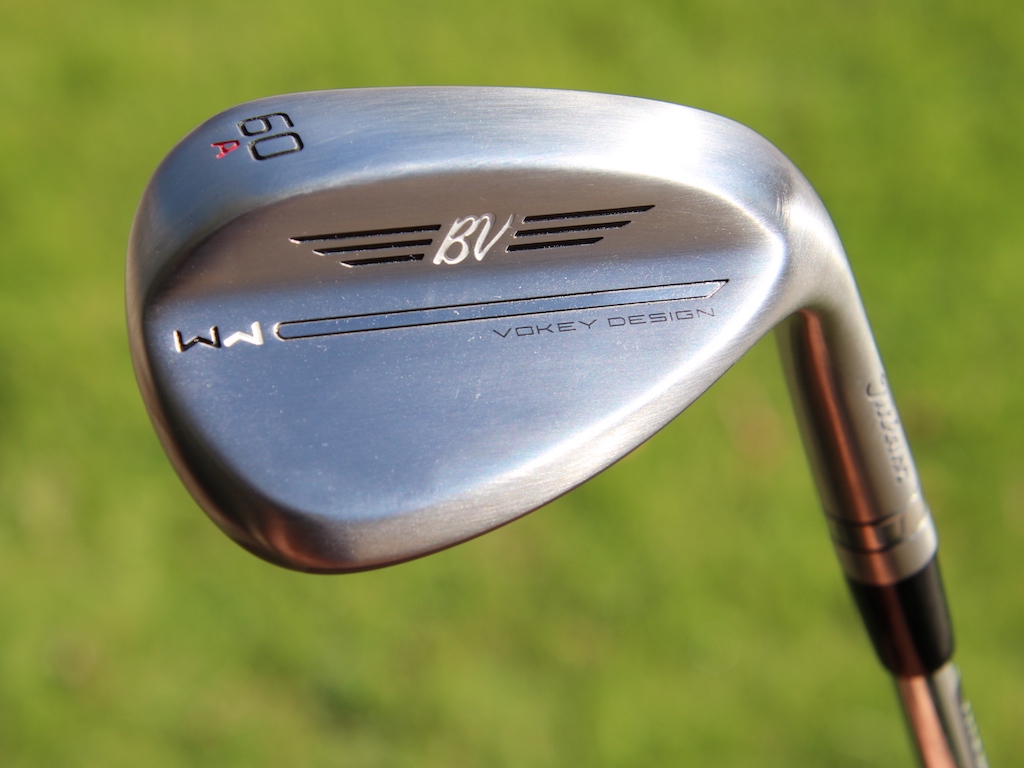
The menu of grind options just got more expansive for Titleist Vokey WedgeWorks consumers, with the addition of a “60A” wedge to the lineup.
Previously, Vokey offered seven main grind options for players with various needs:
- T Grind: The narrowest sole option, which is widely used by PGA Tour players, and has low bounce
- L Grind: The lowest bounce option, with heel, toe and trailing edge relief for maximum versatility
- F Grind: An all-purpose grind that’s best for full wedge shots played with a square face
- S Grind: A neutral grind, best for full shots played with a square face
- M Grind: A versatile grind that’s for players who want to open and close the face for various shots
- D Grind: A higher-bounce wedge that’s for players with a steep swing angle, but want to play shots from various club orientations
- K Grind: The highest-bounce wedge option, with heel, toe and trailing edge relief for versatility
Titleist has now added the “A” grind, which has actually already been played on the PGA Tour by golfers such as Tom Kim, who used an A-grind to win three times on the PGA Tour, Wyndham Clark, who won the U.S. Open using an A-grind, and Max Homa, who used an A-grind at the 2023 Open Championship.
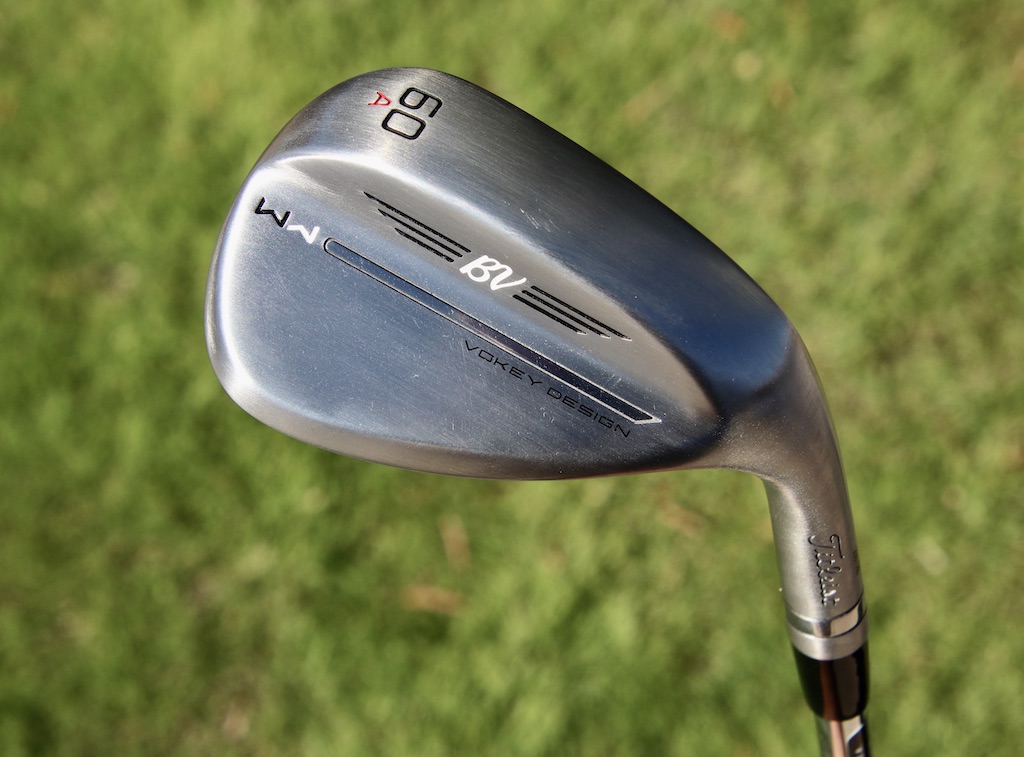
According to Titleist, the Vokey WedgeWorks 60A wedge is a low-bounce option that’s for golfers with a shallow angle of attack, and who play in firmer conditions. It has a “smoothed-out” sole for a faster feel through the turf, helping some golfers slide under the ball easier at impact.
“The most important club for me, probably in my bag, is this A grind,” Clark said, according to a Titleist press release. “I use the SM9 60-degree A grind, which is a low bounce 60 that is very versatile. I’m able to – on tight lies, rough, wet lies, firm lies, whatever it is – hit the shot I want, and with the amount of spin I want, trajectory and everything.”
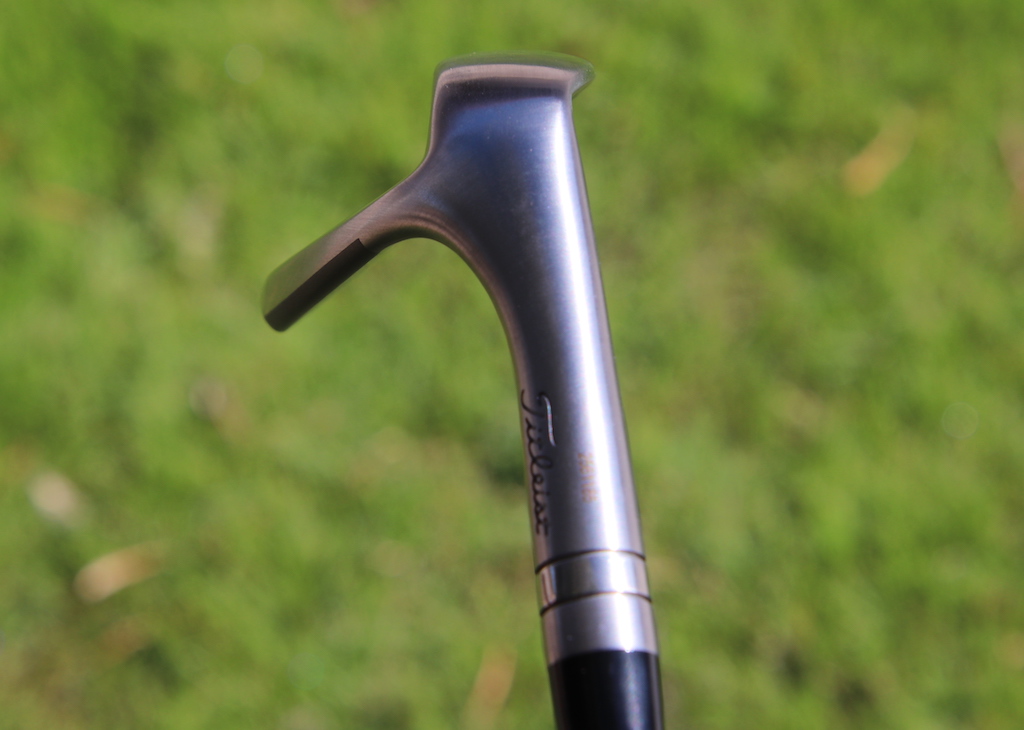
Apparently, Geoff Ogilvy played a large part in the A-grind coming to life.
“I spoke with Geoff (Ogilvy), and we got on the topic of Australian golf courses and how they compared to courses in America, and around the world,” said Vokey Tour Rep Aaron Dill, in a press release. “I asked him some specific questions, which resulted in an idea to design another lob wedge grind option that complemented the firm links-style conditions that players face – not just in Australia and Europe – but globally. Geoff has always been a low bounce player in his 60-degree, so I took his 60.04L wedge and removed the ribbon, resulting in a grind that moves through the turf quickly with very little resistance.”
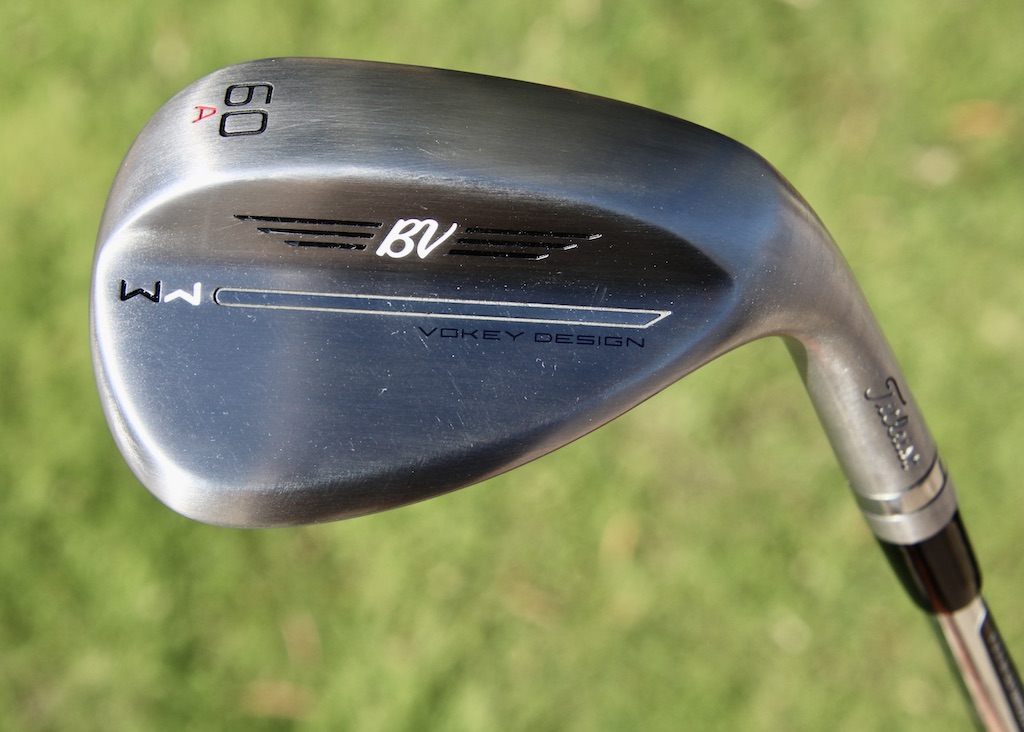
The new Vokey A-grind will be available on Nov. 7, selling for $225 each. Custom options include up to six toe engravings, 10-15 character stamping options, the Flight Line alignment feature option, and custom shafts/grips/ferrules are available.
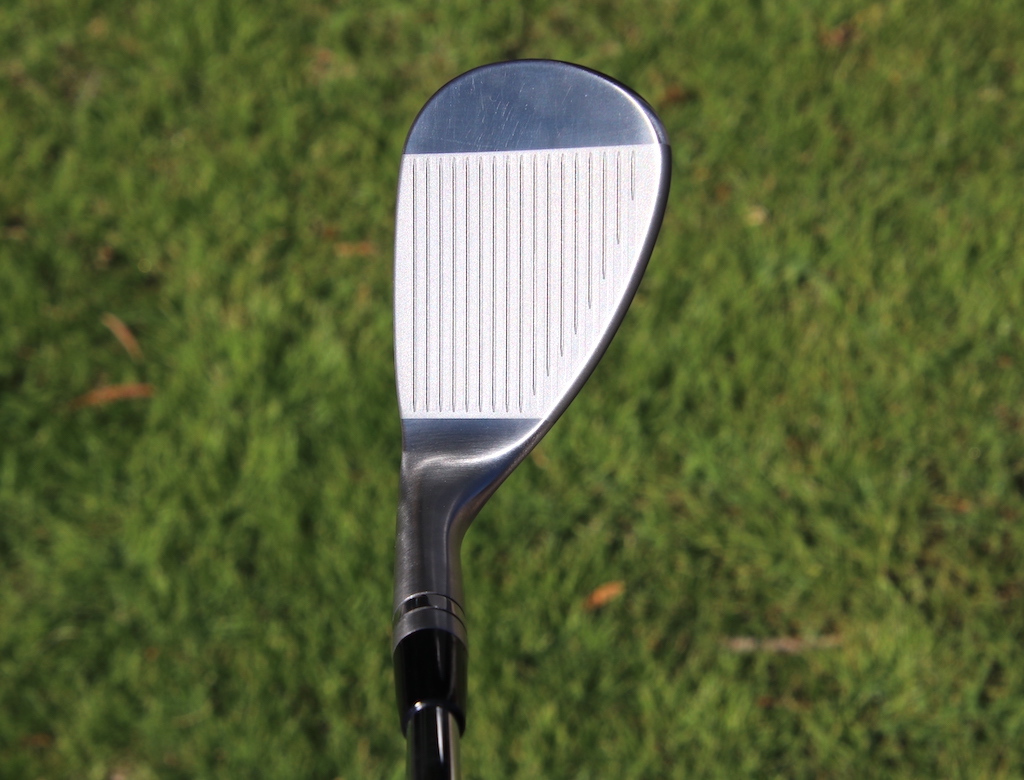
Click here to read more about why the bounce/grind of your wedge actually matters
View this post on Instagram
- LIKE30
- LEGIT6
- WOW2
- LOL0
- IDHT3
- FLOP0
- OB1
- SHANK2
Reviews
In-Depth Review: Titleist Vokey SM6 Wedges
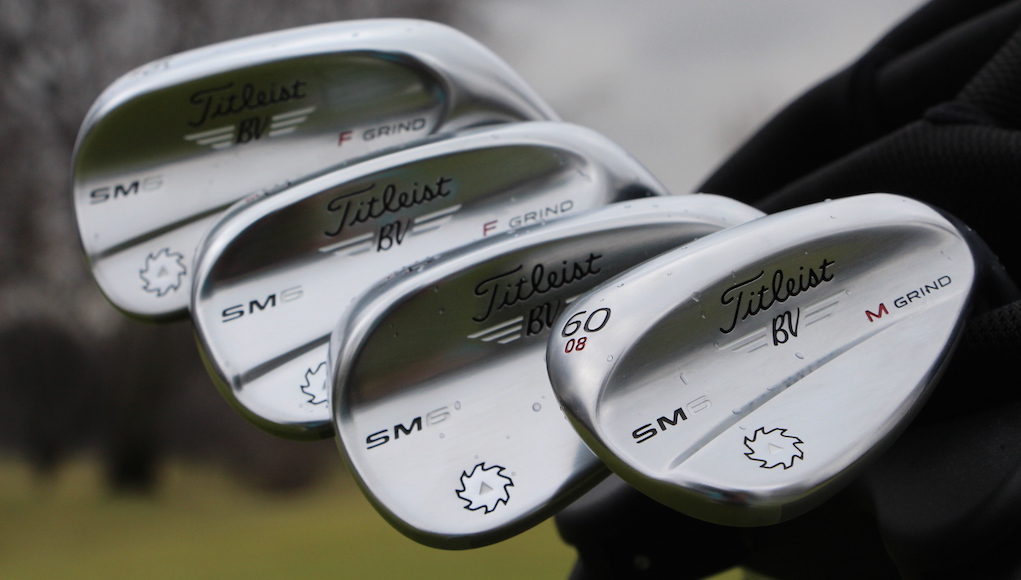
Pros: A new, progressive CG design helps the low-lofted wedges fly a few yards farther, and improves the feel of the high-lofted wedges while boosting consistency. With lofts from 46-62 degrees and five distinct grinds, most golfers will be able to find an SM6 wedge that works for them.
Cons: At $149, they’re $20 more expensive than SM5 models.
Who they’re for: All golfers.
The Review
- Price: $149 (MAP)
- Lofts: 46, 48, 50, 52, 54, 56, 58, 60, 62
- Grinds: F (46-56), S (54-60), M (54-62), L (58-60), K (58-60)
- Finishes: Tour Chrome (plated), Steel Gray (plated) and Jet Black (QPQ)
- Stock Shaft: True Temper Dynamic Gold S200
- Construction: Cast (8620 carbon steel)
A glance at Vokey’s new SM6 wedges reveals that something is different. Some golfers will understand the science of why the wedges look like they do, but many won’t. Unlike a lot of new golf club technologies, however, golfers won’t need to be in the know to be impressed. I don’t talk about the “cool factor” in many of my reviews, but the SM6 wedges certainly have it.
Those curves on the back of the SM6 wedges? They create what’s called a progressive center of gravity (CG), which means the weighting of the SM6 wedges varies based on loft. The lowest-lofted SM6 wedges (46-52 degrees) have the lowest CG, the mid-lofted wedges (54, 56 degrees) have a higher CG and the highest-lofted wedges (58-62 degrees) have the highest CG. The three different CG positions match the desired impact area on each wedge’s club face — lower-lofted wedges are generally contacted lower on the face, while higher-lofted wedges are generally contacted higher on the face — to improve trajectory, feel and consistency.
Low-Lofted SM6 Wedges
If you’ve ever wished your Vokey 46-, 48-, 50- or 52-degree wedge flew a little farther, SM6 models will. Vokey says the low-lofted SM6 wedges create about 1.5 mph more ball speed and 3-4 yards more distance, and I buy their claim after testing SM6 wedges that were built to the same specs as my SM5 models on Foresight GC2.
“Distance doesn’t matter with wedges,” you might be saying, and you’re correct in theory. Who cares if your gap wedge goes 110 or 113 yards, as long as you hit it a consistent distance. That’s not the issue, though. Improvements in golf equipment technology have irons flying farther than they ever have, which means more golfers need a club — and maybe even two clubs — between 46-and-52 degrees to bridge the gap between their shortest iron and mid-or-high-lofted wedge.
I’m one of those golfers who needs two wedges to fill the gap. I use a 9 iron that measures 41 degrees and carries about 150 yards. I also use a 54-degree wedge (bent to 55 degrees) that carries about 105 yards. I fill the gap with a 46-degree wedge (bent to 45 degrees) that carries about 135 yards. I prefer its look and feel to the pitching wedge from my iron set because I can vary trajectory more easily with it. I also carry a 50-degree wedge that carries about 120 yards.
An issue I had with the SM5 wedges (46-08 F Grind, 50-08 F Grind) is the same one I’ve always had with other low-lofted wedges. Many times when I tried to hit them a little harder to make them go a few yards farther, they didn’t. Shots often just went higher due to excess spin. I’ve seen countless golfers experience this problem, especially better players.
The biggest improvement to the low-lofted SM6 wedges is that they create a more iron-like ball flight. It’s slight, but their faster trajectory is a little bit less likely to balloon. To me, they also feel slightly softer than the SM5’s at impact.
Probably just as important as the new progressive CG design of the low-lofted SM6 wedges is something that isn’t new — the different bounce options Vokey offers in its 50- and 52-degree wedges. Both the 50- and 52-degree models are offered in F Grinds with effective bounce angles of 8 and 12 degrees. Most manufacturers offer multiple bounce options in their mid- and high-lofted models, but it’s rare to see two different options in low-lofted models.
In July 2015, I traveled to Titleist’s Oceanside, California Test Facility to learn more about the company’s 716 iron line. During the downtime, Titleist offered me an opportunity to be fit for SM5 wedges by the man himself, Bob Vokey. My steeper angle of attack theoretically made me a better fit for the 50-12 F Grind (a 50-degree wedge with 12 degrees of effective bounce), but my results were better with the 50-08 F Grind.
Vokey explained that the reduced bounce helped me contact the ball slightly higher on the face, and that improved my ball flight. That moment cemented how important it is for golfers to be fit for not just their lob wedge, but for as many of their wedges as possible.
Mid-Lofted SM6 Wedges
The mid-lofted SM6 wedges (54 and 56 degrees) are most similar to the SM5 models, as they do not have the weight pads used in the low-lofted and high-lofted wedges. That’s because, according to Vokey representatives, the CG of the mid-lofted wedges was pretty much where it needed to be.
For that reason, the biggest change golfers will notice if they switch to an SM6 from an SM5 is the shaping. Unlike the low-lofted SM6 wedges, which are significantly smaller than SM5 models and have shorter hosels, the mid-lofted SM6 wedges are roughly the same size. There’s no denying, however, that the shaping of the SM6 wedges gives them a more streamlined look. Their toes are more rounded, their top lines are thinner and their par area, the part of a wedge’s top line that conjoins with the hosel, blends more seamlessly.
I’ve given my SM5 and SM6 54-14 F Grind wedges (bent to 55 degrees) to several golfers and had them hit shots with each one to see if they could notice a different in feel. Some told me the SM6 felt softer, while others told me the SM5 felt softer. For that reason, its hard to make an absolute statement about a change in feel in the mid-lofted wedges. I’ve had a few golfers tell me the SM5 wedges look better at address, but many more have preferred the look of the SM6.
Before moving on to the high-lofted wedges, I want to point out two more things; one is specific to the mid-lofted models, one that is not.
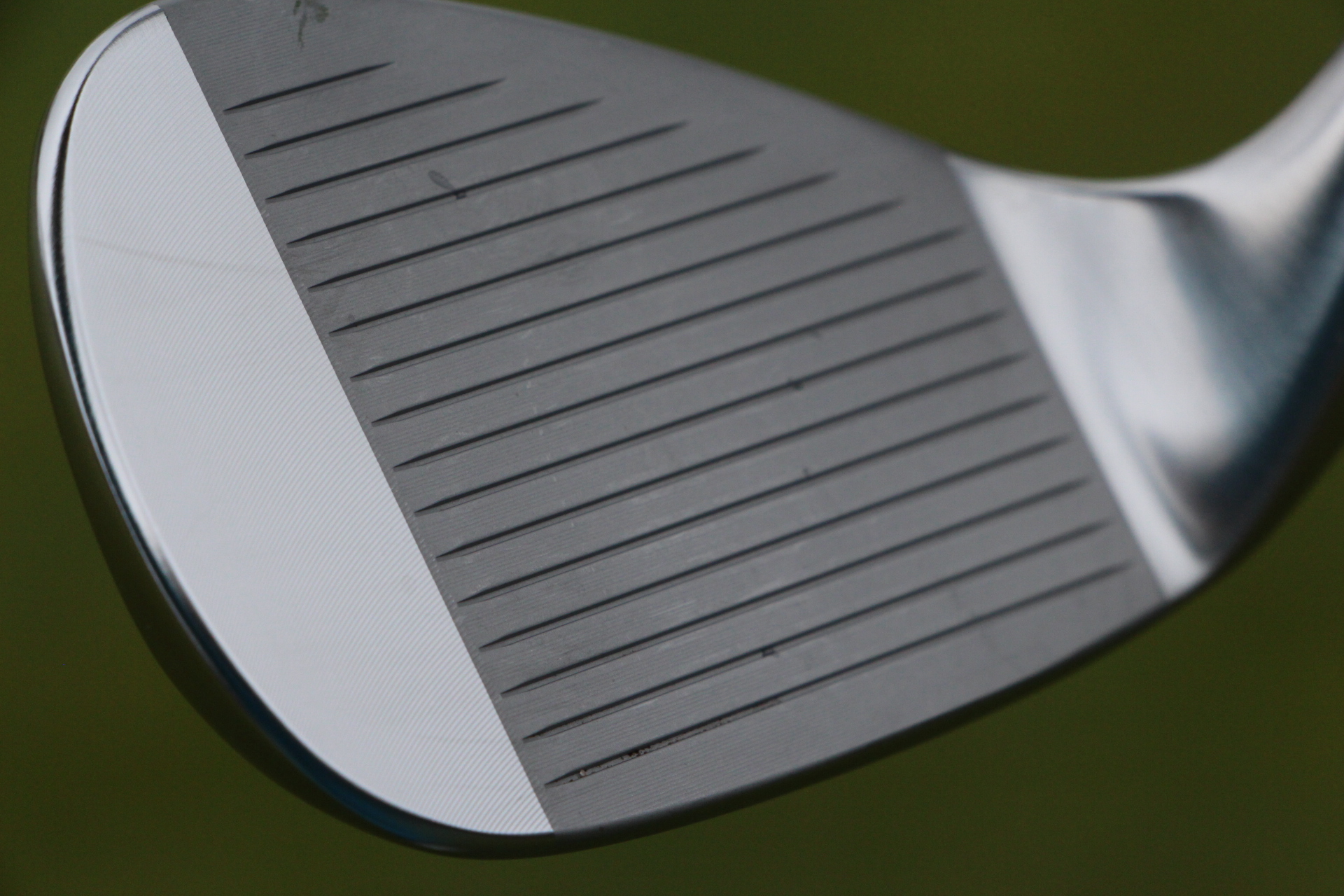
SM6 wedges use Vokey’s new TX4 grooves that feature a parallel face texture to increase spin and consistency.
- Like SM5 models, both the 54 and 56 are available in three different grinds (F, S and M). For the SM6 line, however, the popular M Grind has 2 degrees less effective bounce to make it more versatile from a wider variety of lies.
- All SM6 wedges also feature Vokey’s new TX4 grooves, which use a machine-milled, parallel face texture that Titleist says can increase consistency and sharpens groove edges to add as much as 200 rpm of spin. The SM6 wedges also use the same progressive groove design as the SM5 wedges. The lower-lofted wedges (46-54) use narrower, deeper grooves to displace more debris on square-face shots, while higher-lofted wedges (56-62) use shallower grooves that create more friction on open-face shots.
High-Lofted SM6 Wedges
With a slightly higher CG, the high-lofted SM6 wedges do seem to launch shots slightly lower and with a little more spin than SM5 models, and that’s exactly what most better players want their high-lofted wedges to do. But the change likely won’t be noticed by the majority of golfers. What they will notice, however, is how much better the high-lofted SM6 wedges feel at impact. Every golfer has experienced the “clank” that occurs when a wedge shot is hit too high on the face, or toward the heel or toe at impact. With the high-lofted SM6 wedges, those shots felt softer and more solid.
Due to their higher CG, the high-lofted wedges also seemed to be a little more consistent in my testing on Foresight. Especially when hitting 50-yard shots, I saw that the 60-degree SM6 M Grind wedge seemed to land a little closer my target on mishits. Sometimes it flew 1-2 yards farther than I expected when I contacted a shot slightly on the toe or the heel; sometimes shots just held their line just a little bit better. The difference is small, but can make an difference. We’re all better at making 6-foot putts than we are 9-footers, aren’t we?
As for shaping, the new wedges don’t look the same as the SM5’s at address. They appear slightly larger, and have the same general appearance as the other wedges in the new line.
No discussion of a Vokey high-lofted wedge is complete without mentioning their four distinct sole grinds, which Team Vokey continues to tweak based on its work with Tour players, as well as average golfers. Despite the several improvements to the new wedges, the grinds continue to be one of their main selling points. That’s how powerful using the proper sole grind can be.
Again, it’s best to get fitted, but if you can’t, the chart and list below offers a few starting points.
- If you struggle from the sand, try the K Grind (available in 58, 60). It has the widest sole of any Vokey wedge, and can work well for golfers with steep attack angles. Compared to SM5 K Grind wedges, it has 1-degree more effective bounce to help the wedge better resist digging on square-face shots.
- If you play courses with extremely firm turf conditions, try the L Grind (available in 58, 60). It has the lowest effective bounce (4 degrees), and slightly more camber than SM5 models to goflers resist digging.
- The M Grind (available in 54, 56, 58, 60, 62) will work best for golfers who like to manipulate the face open or closed, while the S Grind (available in 54, 56, 58, 60, 62) is better for golfers who tend to play more square-faced shots. The 58 and 60-degree S Grind wedges have 3-degrees more bounce than SM5 models.
Vokey Custom Options
As noted above, I don’t use a standard SM5 wedge. At Oceanside, Vokey fit me for a V-Grind that’s offered through the company’s Hand Ground Program. According to Titleist representatives, Hand Ground SM6 wedges, which make available Tour-only grinds and enhanced customization options — will be released to the public at a later date.
Do I really need a V-Grind wedge? I must admit, with a little practice I could probably use the SM6 M Grind and hit all the shots I need to hit. But I liked the performance V Grind enough to pay the extra money for it (Hand Ground wedges start at $350 each).
For golfers not willing to pay that much for a completely custom wedge, Vokey offers more affordable custom options to standard SM6 wedges through its WedgeWorks Services. Through the program, golfers can customize the shafts, grips, shaft bands, ferrules, stampings and paintfill of their wedges. I’ve had several wedges customized through WedgeWorks, and the work is always A++.
Should you Upgrade?
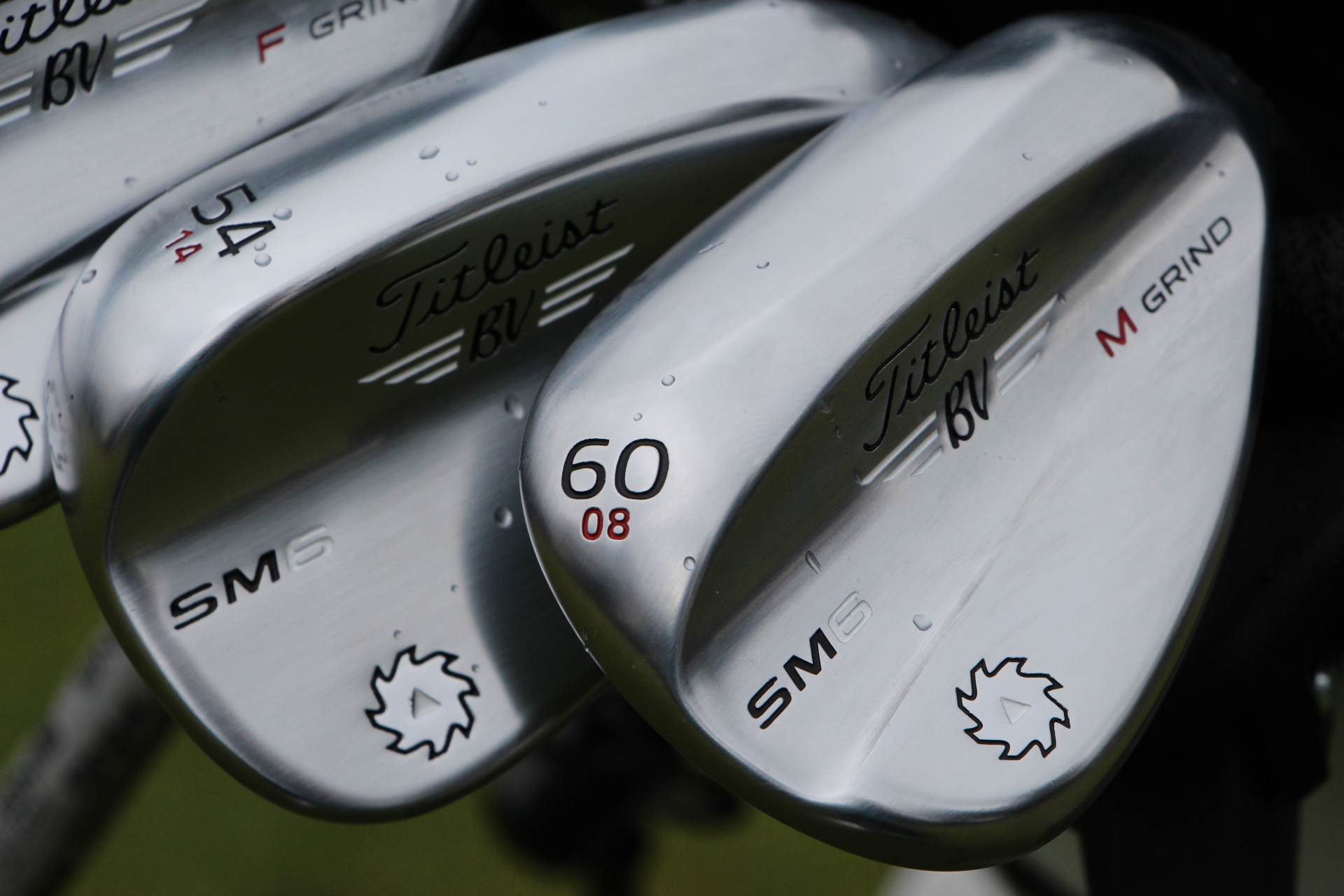
If you’re currently using a set of properly fit SM5 wedges, your transition from them to the SM6 models should be an easy one. Many golfers will see certain benefits from the newer wedges, as I did, but they may or may not warrant an immediate upgrade, especially if their grooves are still fresh.
An aside about buying wedges: Many tournament players purchase two sets of wedges at a time. They practice with one set and use another on the golf course, which keeps their grooves as fresh as possible for tournaments. While it doubles cost, it helps their gamer wedges last longer and adds peace of mind that they’re getting the best possible performance from their wedges on the course.
More questions?
What else do you want to know? I’ll do my best to answer your questions in the comments section.
[wrx_retail_links productid=”80″]
- LIKE296
- LEGIT24
- WOW11
- LOL2
- IDHT1
- FLOP7
- OB4
- SHANK23
Reviews
Review: Callaway MD3 Milled wedges
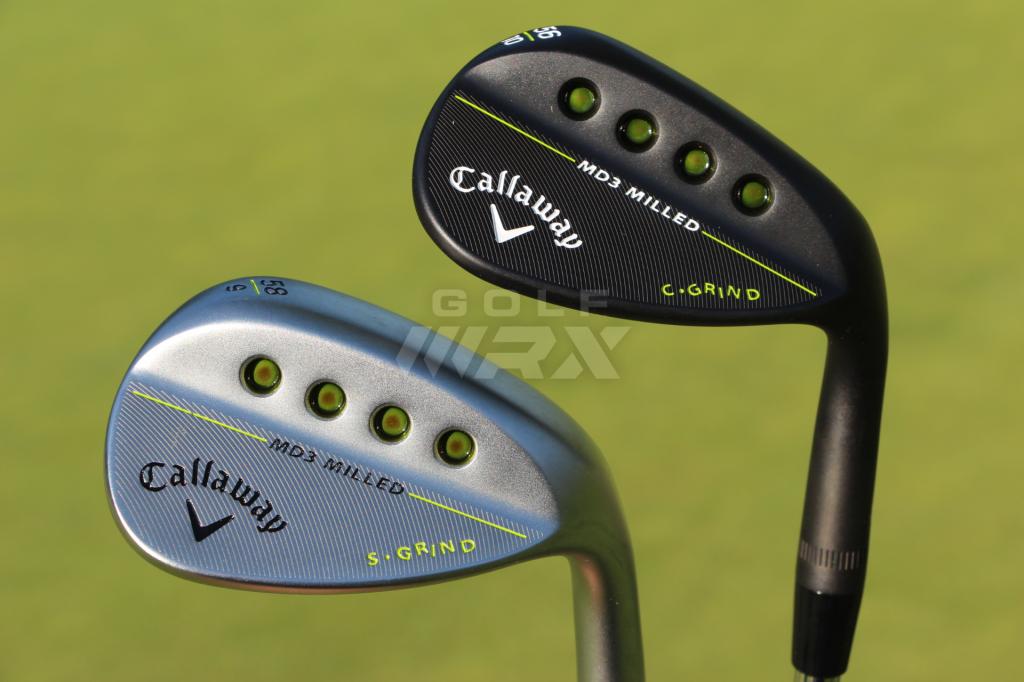
Pros: Options are plentiful with the MD3 Milled wedges. There are three different sole grinds, two finishes and a wide range of lofts (46-60 degrees). Low-lofted, mid-lofted and high-lofted wedges are each equipped with a distinct groove design that’s tailored to shot-specific needs.
Cons: Wedge heads are not able to be customized with stampings, engravings or paint fill. Unlike Callaway’s Mack Daddy 2 wedges, the MD3 Milled are not forged.
Who they’re for: Anyone can play the MD3 Milled wedges, especially with the addition of the wider-soled “W Grind.”
The Review
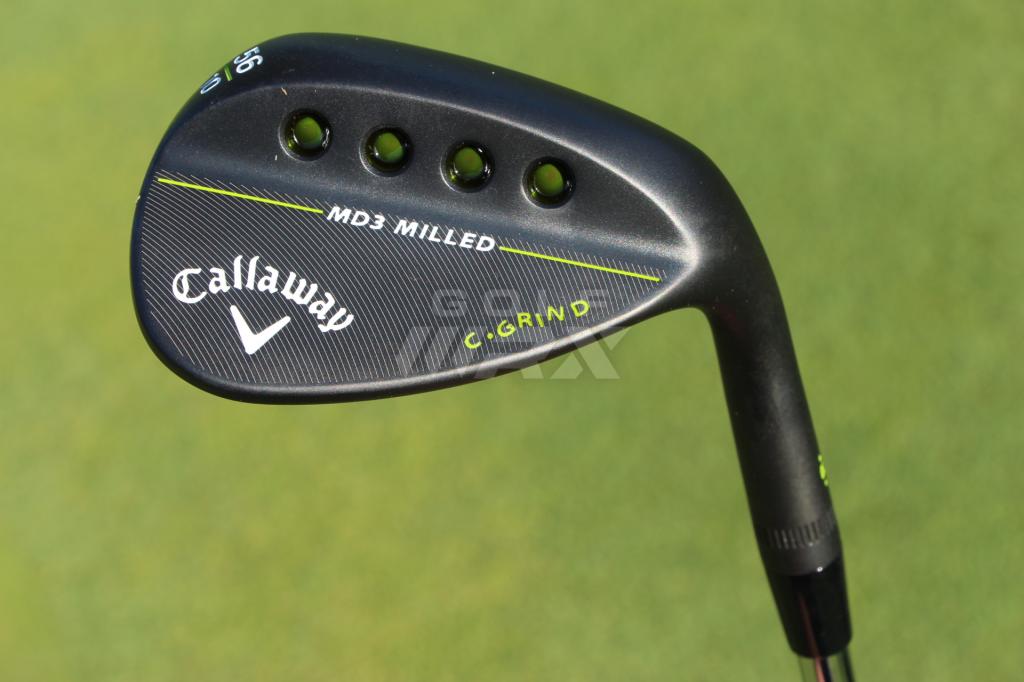
- Lofts available: 46, 48, 50, 52, 54, 56, 58 and 60 degrees
- Grinds: S Grind (46-60), W Grind (54-60), C Grind (56-60)
- Finishes: Matte Black (46-60) and Satin Chrome (46-60)
- Price: $129.99
- Stock Shaft: True Temper Dynamic Gold S300
New and improved are popular terms in the golf equipment world, but generally there’s more emphasis on the “new” part than the “improved” part. Fortunately, what’s new about Callaway’s MD3 Milled wedges also offers noticeable improvements over previous models from the company.
So what’s new and improved about the MD3 Milled wedges? Here are five things to know about them.
Throwing weight around
Each MD3 Milled wedge has four colored ports in its rear cavity. Weight was removed from those areas to give the wedges a higher-toe design that moves the center of gravity (CG) higher for a slightly lower launch and more spin — exactly what the best golfers want from their wedge shots.
For me, it wasn’t the fact I could hit the 58.9 S Grind with as much spin as I wanted; it was the ease with which I was able to alter the trajectory. With the 54.12 W Grind, I had no problem hitting the ball high to front pin locations, or flighting shots that minimized the effect of the wind.
Shot-specific grooves
With the MD3 Milled, Callaway offers three specific groove patterns to optimize launch and spin based on the loft of the wedge. Pitching and gap wedges (46-52 degrees) have Callaway’s 30V grooves, which have 30-degree side walls that perform best on the more aggressive, downward strikes that are common with the clubs. Mid-lofted wedges (54-56 degrees) use Callaway’s 20V grooves, which have 20-degree side walls that excel on bunker shots and full swings. Lob wedges (58-60 degrees) have Callaway’s 5V grooves, which create maximum spin on shots around the green.
In testing, I was most impressed with the 5V groove, which does a remarkable job moving additional moisture and debris away from the ball. That came in quite handy when navigating juicy lies around the green.
More refined grinds
The MD3 wedges are available in three distinct sole grinds: S Grind, C Grind and W Grind. My thoughts on each are below.
S Grind: The “S” is the most versatile of the three available grinds. I’m tempted to say that S stands for “Swiss Army Knife,” as there was no shot I couldn’t hit with the grind. It was the most consistent grind on full swings from the fairway and tight lies, and more than held its own out of both light and deep rough. There’s no doubt that the S Grind will fit the majority players, and there’s absolutely nothing wrong with bagging the S Grind in two, three or four different wedges, depending on your bag setup.
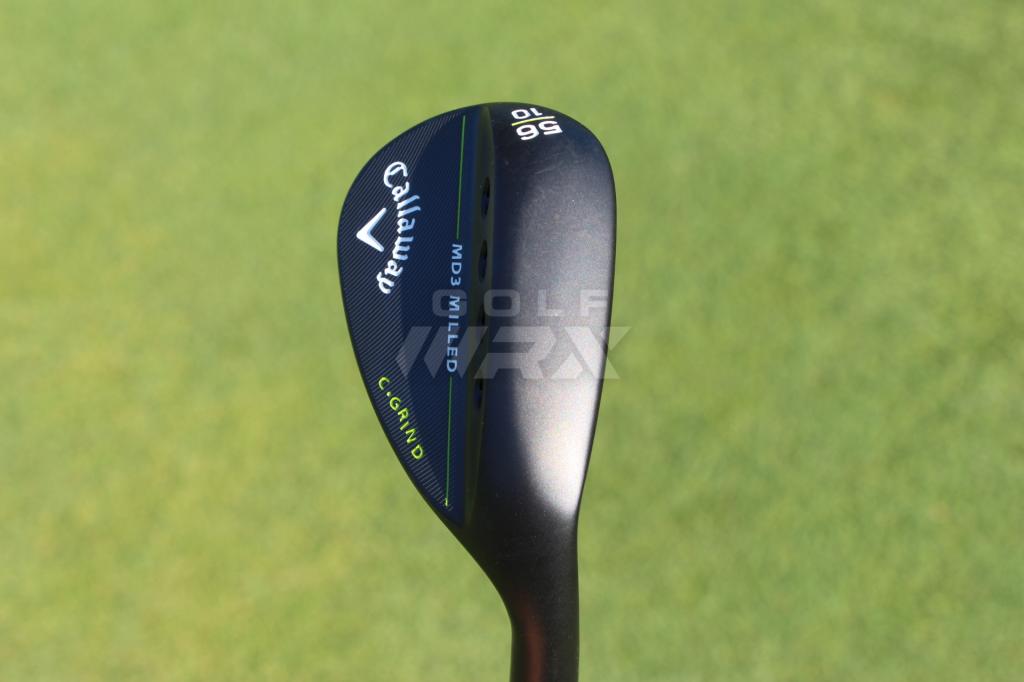
C Grind: This grind offers more heel and toe relief than the S Grind, creating an effectively thinner sole that excels in firmer conditions. While it doesn’t play nice with steep angles of attack, the additional relief in both the heel and toe did keep the head moving through the rough and allowed the leading edge to sit nicely under the ball at address — especially on open-faced shots. That adds versatility for golfers who hit a lot of specialty shots around the green.
W Grind: The W Grind is ideal for bunker play, messy lies and players with steep attack angles. It was my favorite grind, because it seemed to get better the closer I got to the hole. Out of both light and deep rough, the W Grind operated like one of those old ginsu knives, but without the lame sales pitch. Getting up and down from gnarly lies around the green felt entirely too easy. And if the lie was clean and the turf was on the softer side, I had no problem hitting aggressive shots with a square or opened club face because I knew the wider sole would resist digging. Especially on less-than-full shots from inside 100 yards, the W Grind quickly earned the go-to spot in my bag.
Two finishes
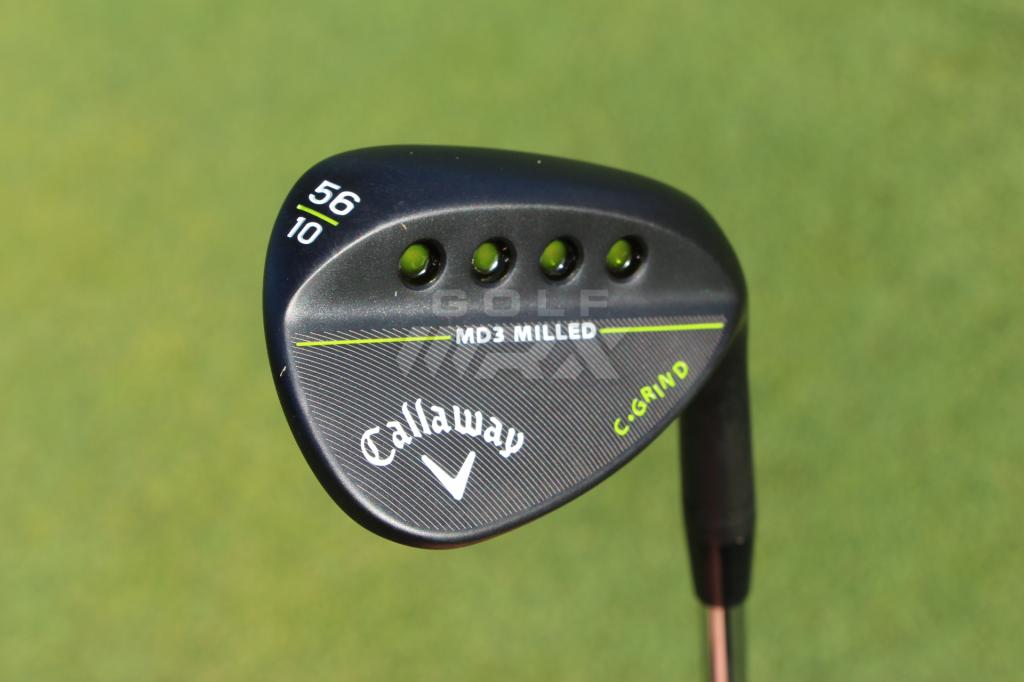
The MD3 Milled’s Matte Black finish (above) will wear and rust over time, while the Satin Chrome, which is plated, will show less wear but produce slightly more glare on sunny days.
Although the MD3 Milled wedges aren’t forged — they’re cast from 8620 steel — both finishes felt fantastic with an edge in softness going to the Matte Black.
Looks to get emotional about
Last but not least, the MD3 Milled are an awesome choice if you favor a teardrop shape at address. In that regard, the MD3 Milled approaches aesthetic perfection. The slightly raised toe and marginally straighter leading edge, compared to previous models, gives the wedge a clean look that balances angular lines with subtle curves.
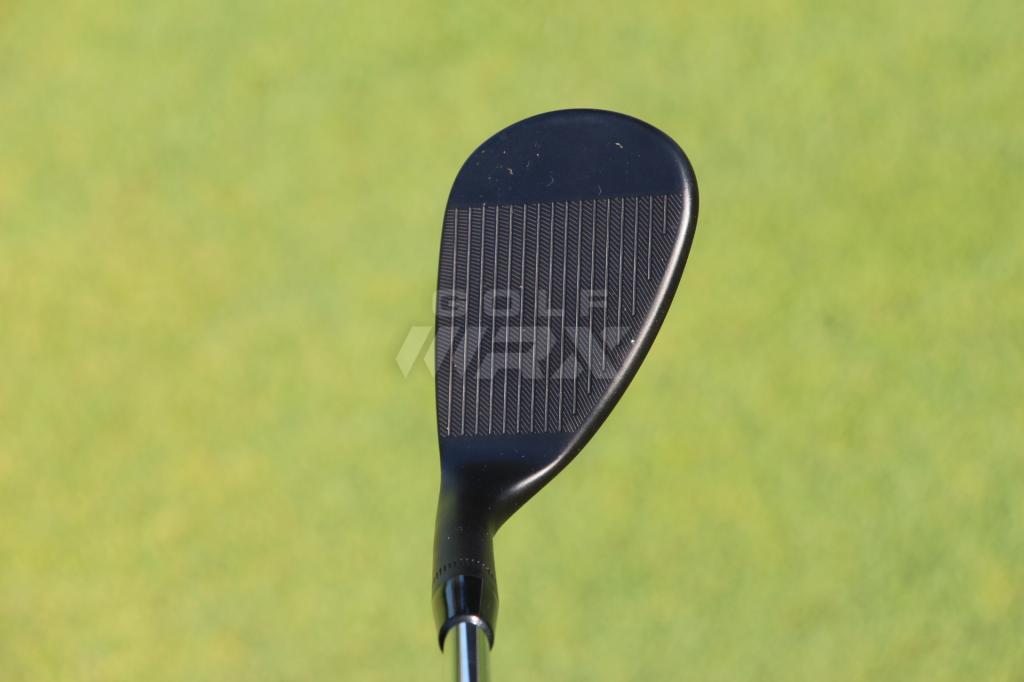
Notice the added sole curvature visible at address in this 56-degree wedge, which is a result of its C Grind.
For all the time we spend looking at the face of the wedge, many golfers are concerned about the appearance of the club as it sits in the bag. Some will call the cavity of the MD3 Milled is a bit gaudy, but others will see the four luminescent ports and green accents as fun and recognizable.
The Takeaway
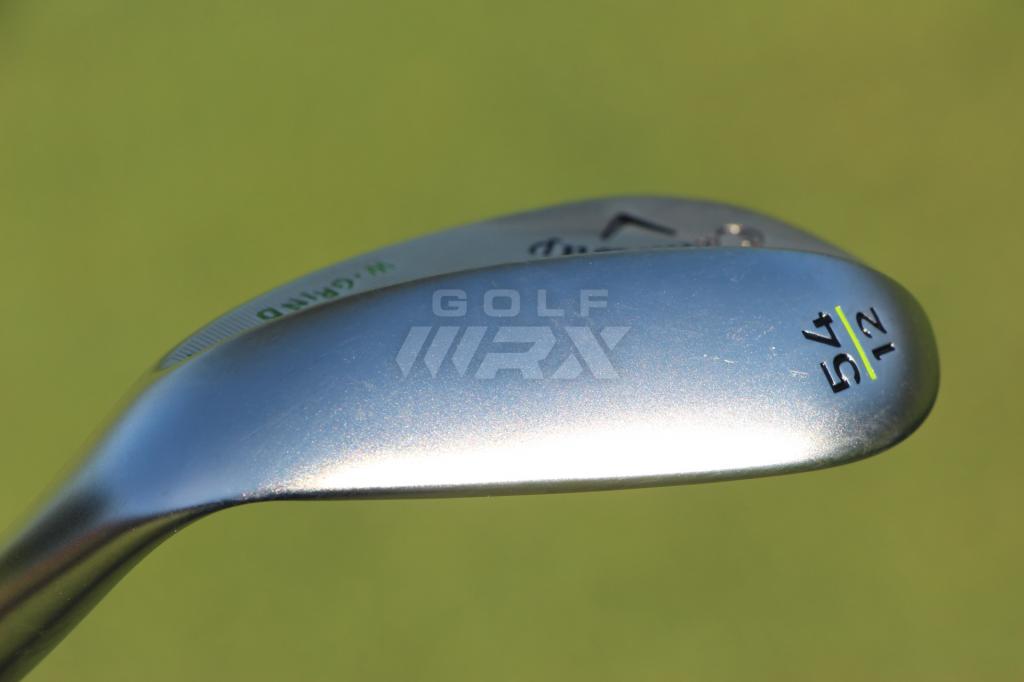
The W Grind will work best for golfers who play golf in soft conditions, as well as those looking for improved sand play.
The MD3 Milled are the best production wedges Callaway has released in the past decade for a variety of reasons. At $129.99, the three distinct grinds and two finish options should cover the needs of most interested golfers. The shaping of the wedges is also so beautiful at address, and I found them to look and feel as good as leading wedge models.
The lack of custom options — stampings, paintfill, etc — isn’t a deal breaker, but does leave some room for improvement. At the end of the day, however, wedges should judged on how they perform. With an improved weighting scheme and loft-specific grooves, Callaway put performance first with the MD3 Milled and it won’t go unnoticed.
[wrx_retail_links productid=”48″]
- LIKE271
- LEGIT47
- WOW42
- LOL13
- IDHT10
- FLOP13
- OB3
- SHANK26
-

 19th Hole2 weeks ago
19th Hole2 weeks agoDave Portnoy places monstrous outright bet for the 2024 Masters
-

 19th Hole3 days ago
19th Hole3 days agoJustin Thomas on the equipment choice of Scottie Scheffler that he thinks is ‘weird’
-

 19th Hole2 weeks ago
19th Hole2 weeks agoTiger Woods arrives at 2024 Masters equipped with a putter that may surprise you
-

 19th Hole3 days ago
19th Hole3 days ago‘Absolutely crazy’ – Major champ lays into Patrick Cantlay over his decision on final hole of RBC Heritage
-

 19th Hole2 weeks ago
19th Hole2 weeks agoTwo star names reportedly blanked Jon Rahm all week at the Masters
-

 19th Hole1 week ago
19th Hole1 week agoReport: LIV Golf identifies latest star name they hope to sign to breakaway tour
-

 19th Hole1 week ago
19th Hole1 week agoNeal Shipley presser ends in awkward fashion after reporter claims Tiger handed him note on 8th fairway
-

 19th Hole1 week ago
19th Hole1 week agoBrandel Chamblee has ‘no doubt’ who started the McIlroy/LIV rumor and why



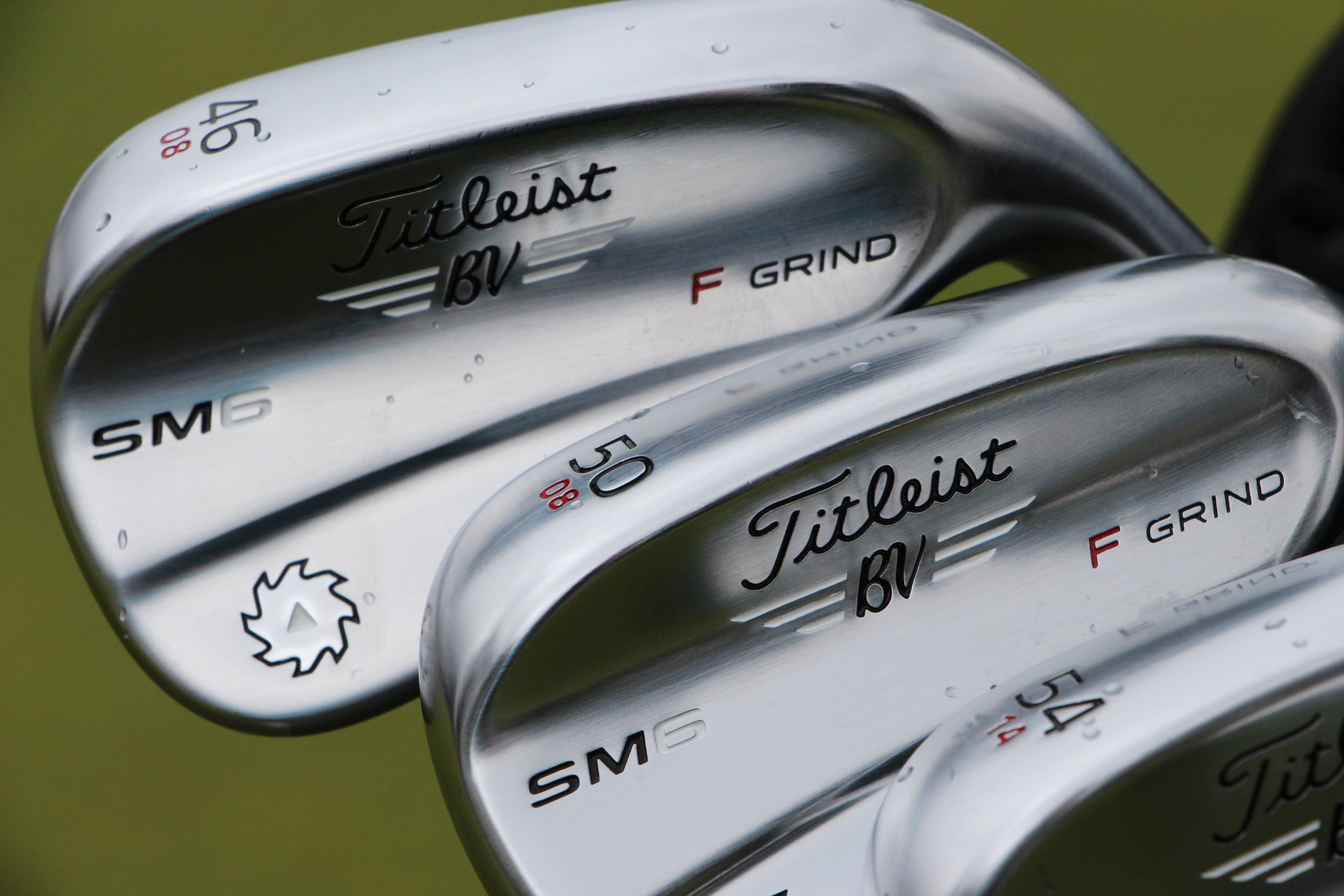
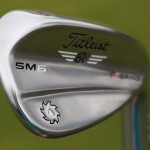
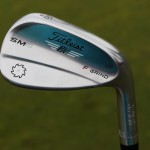
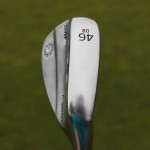
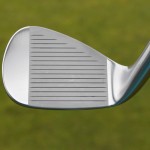

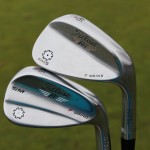
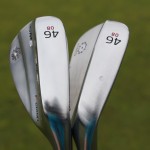
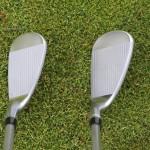
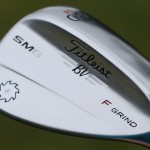
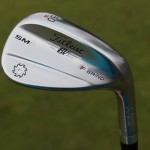
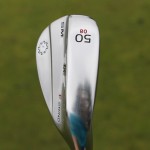
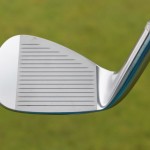
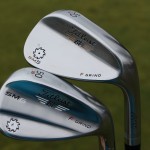
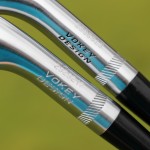
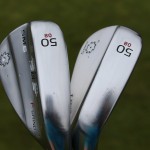
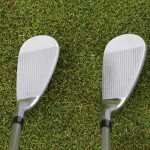
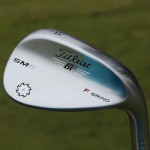
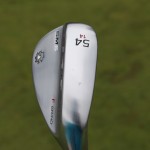
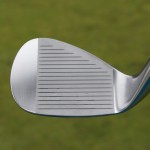
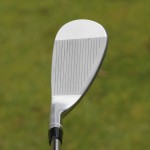
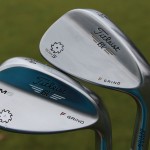
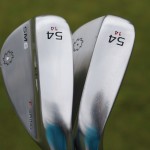
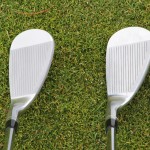
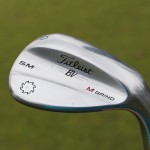
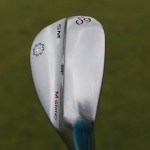
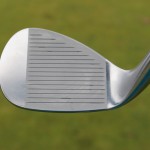

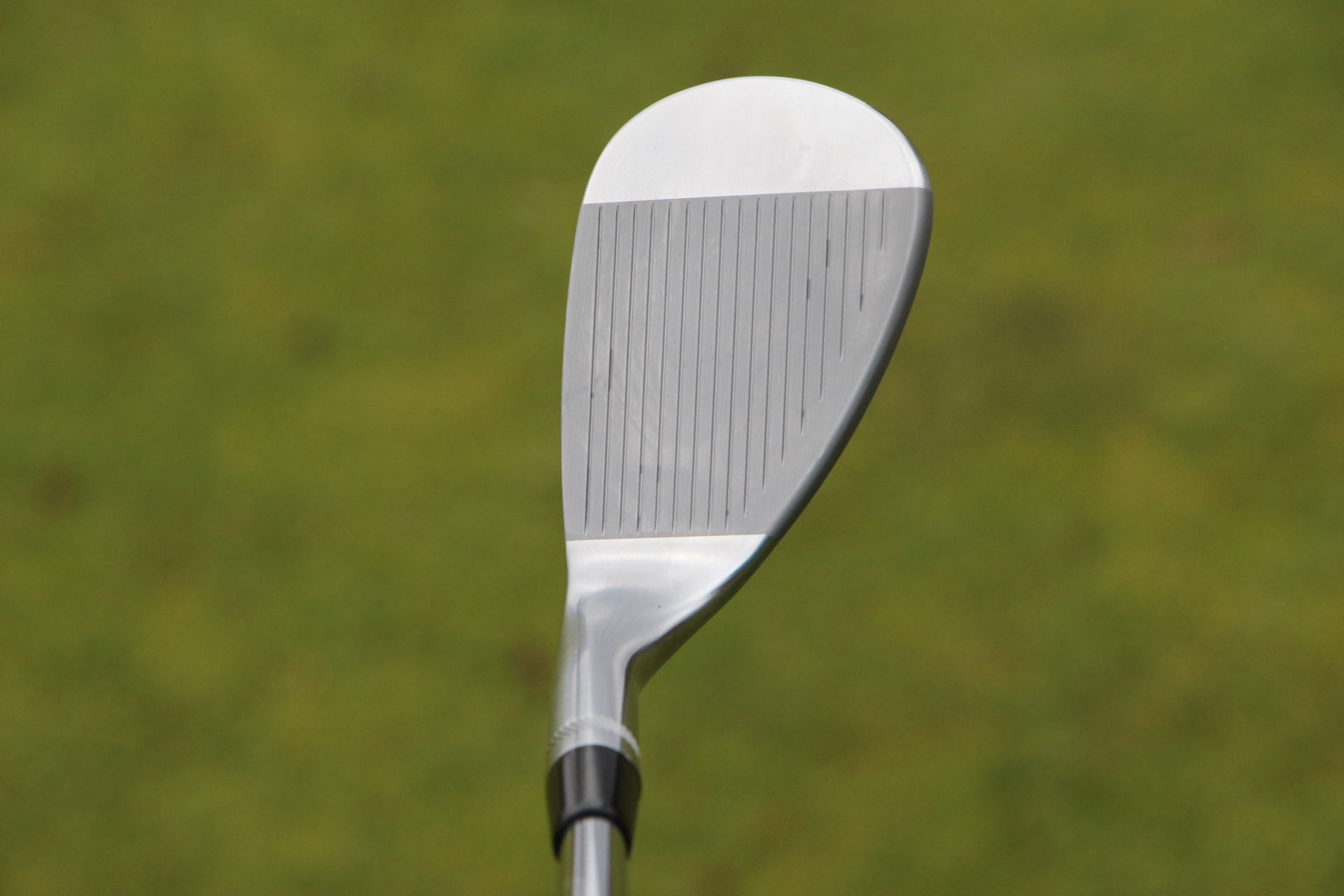
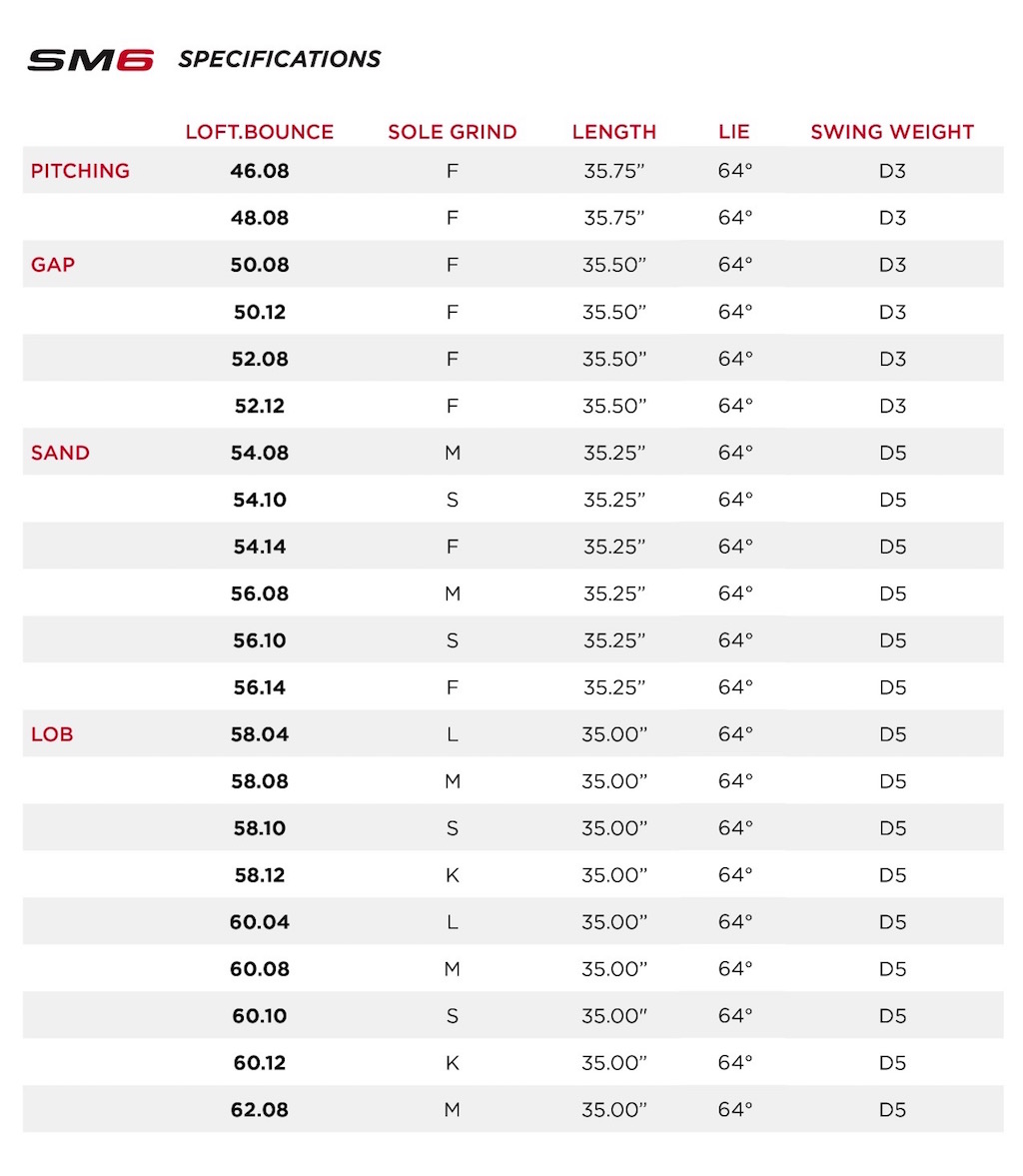
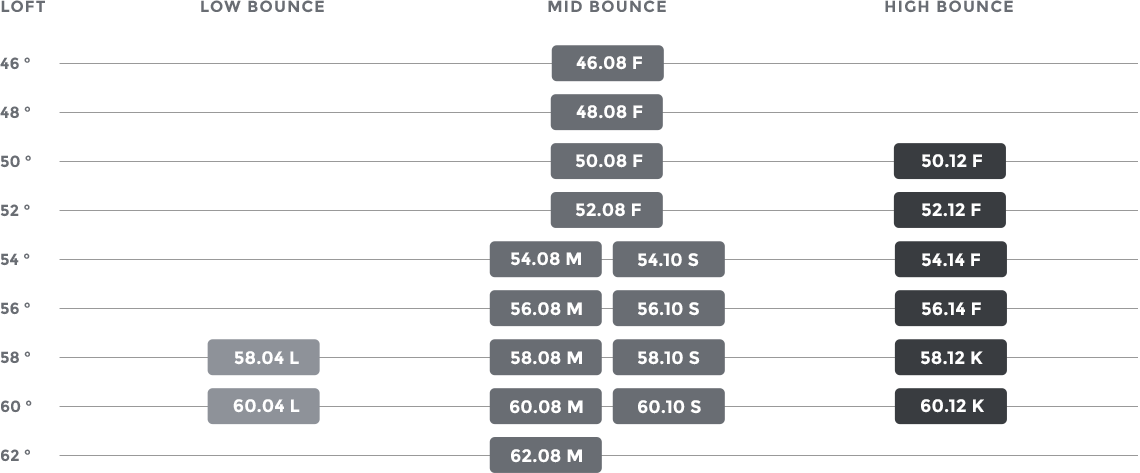
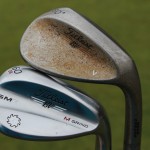
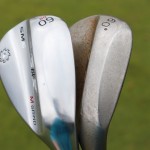
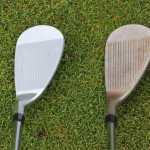
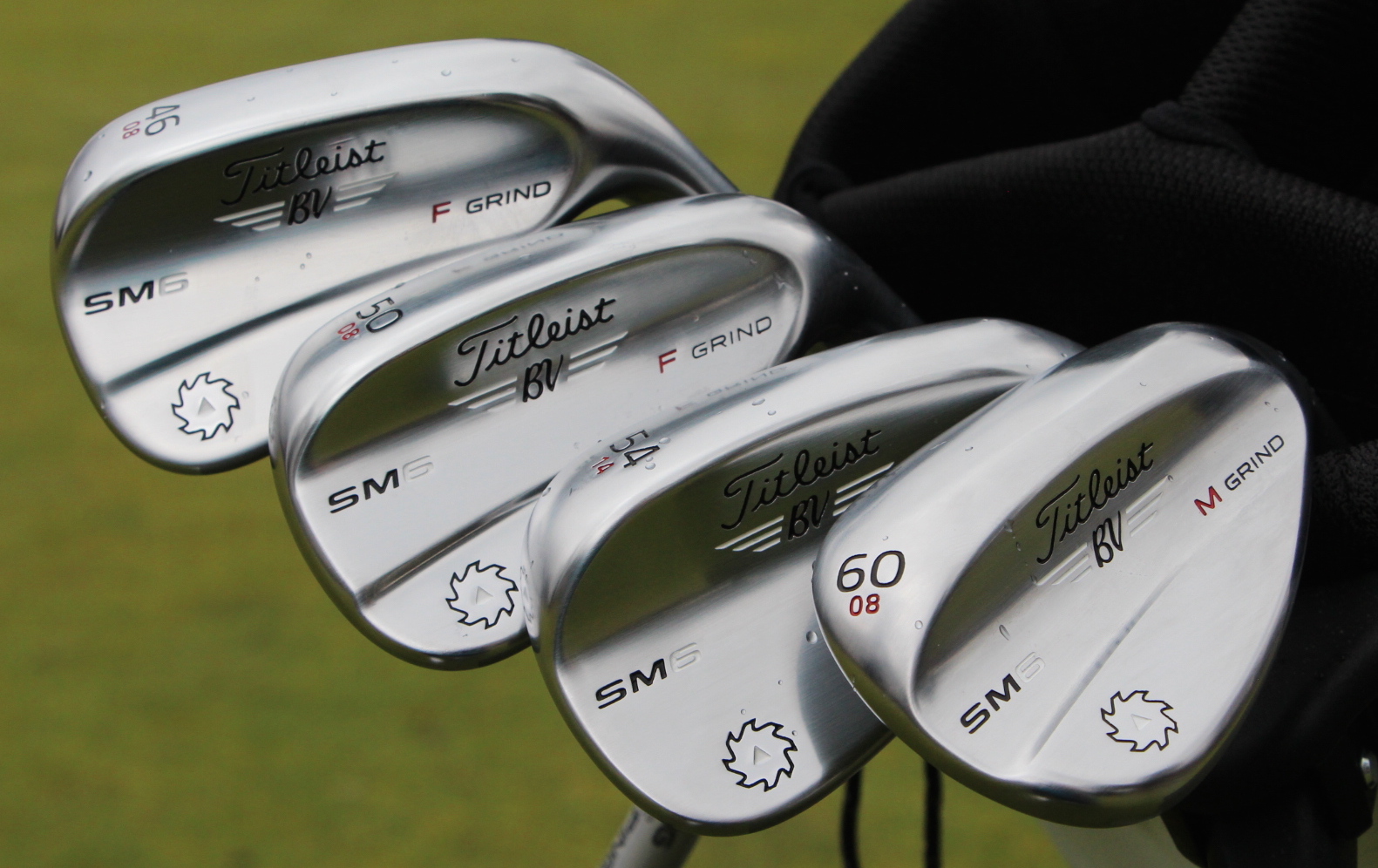
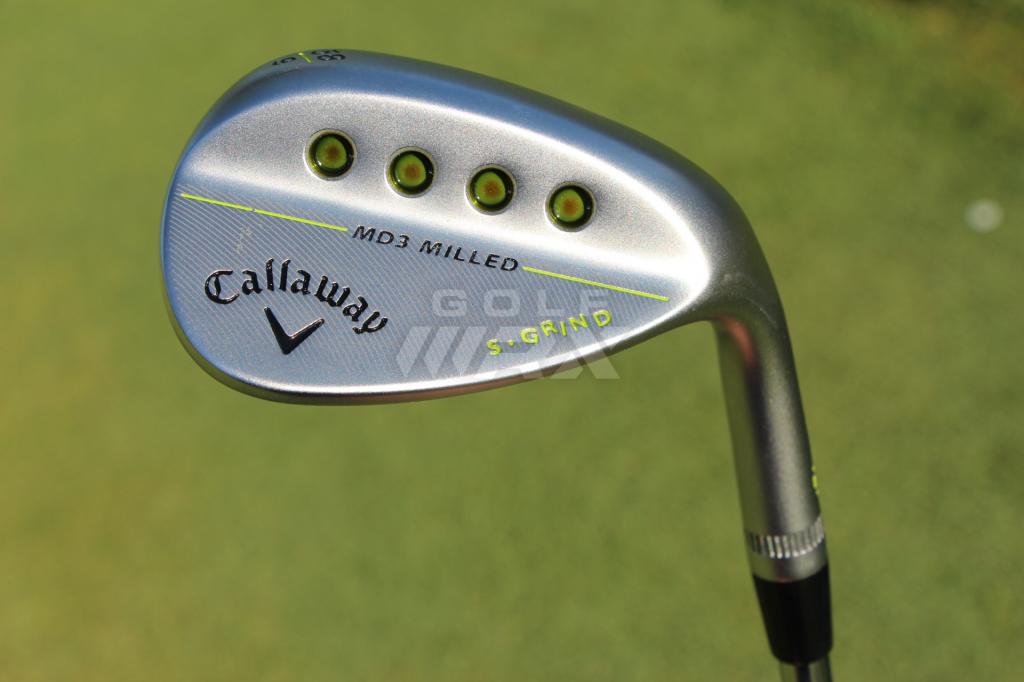

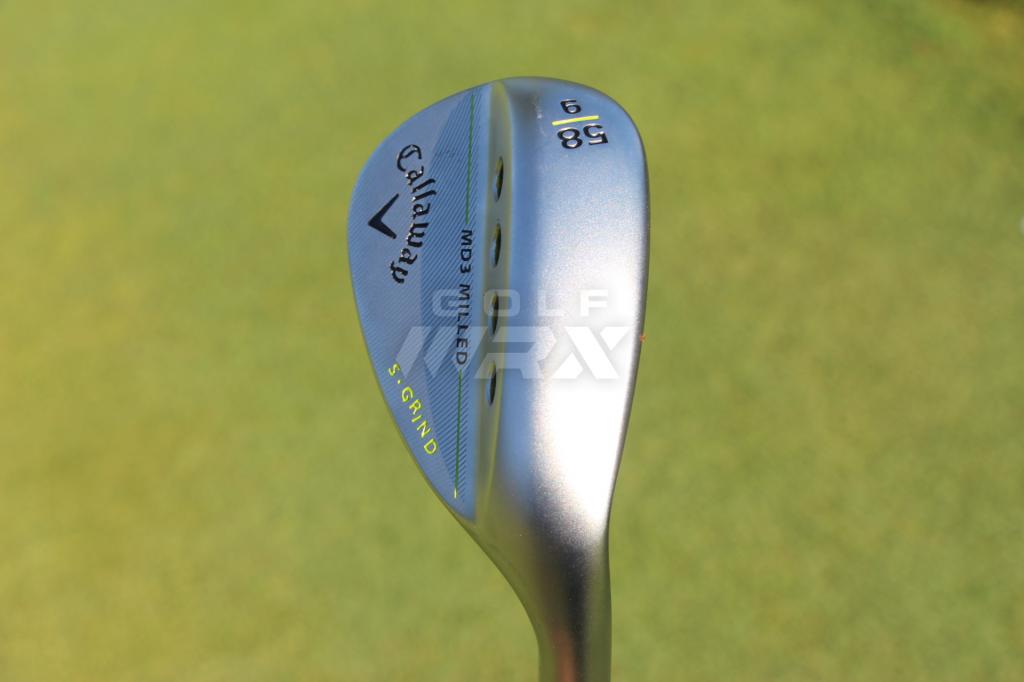
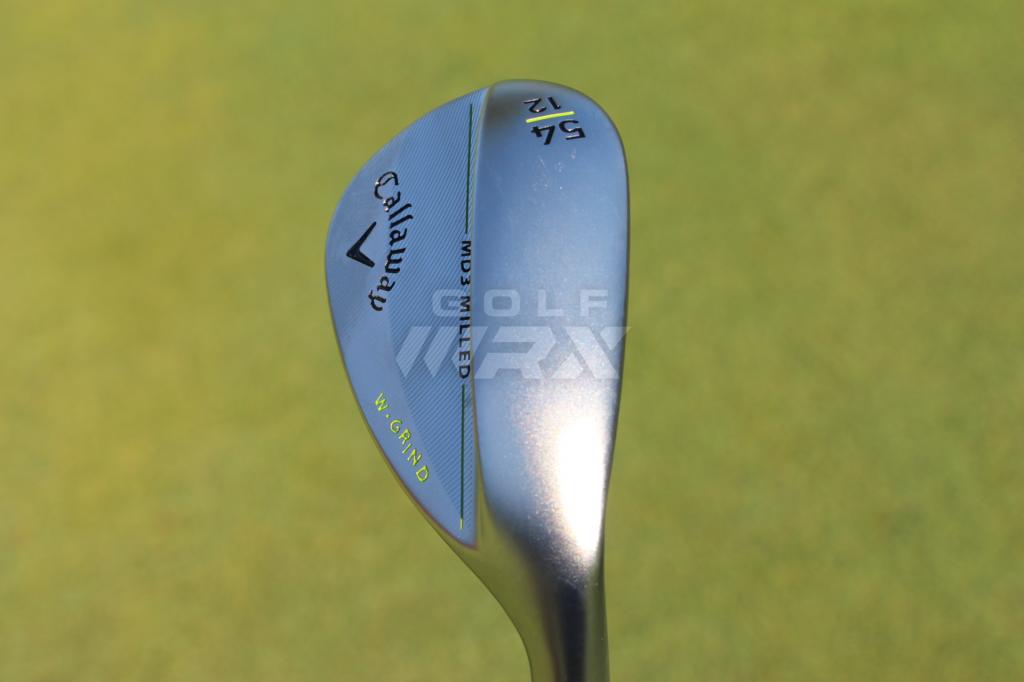
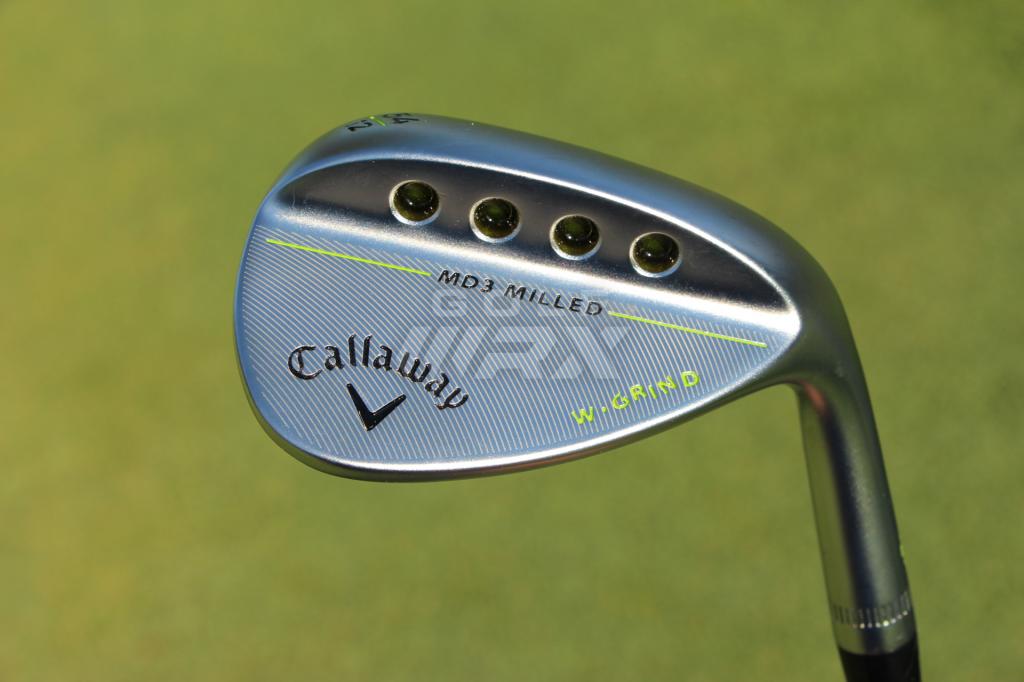
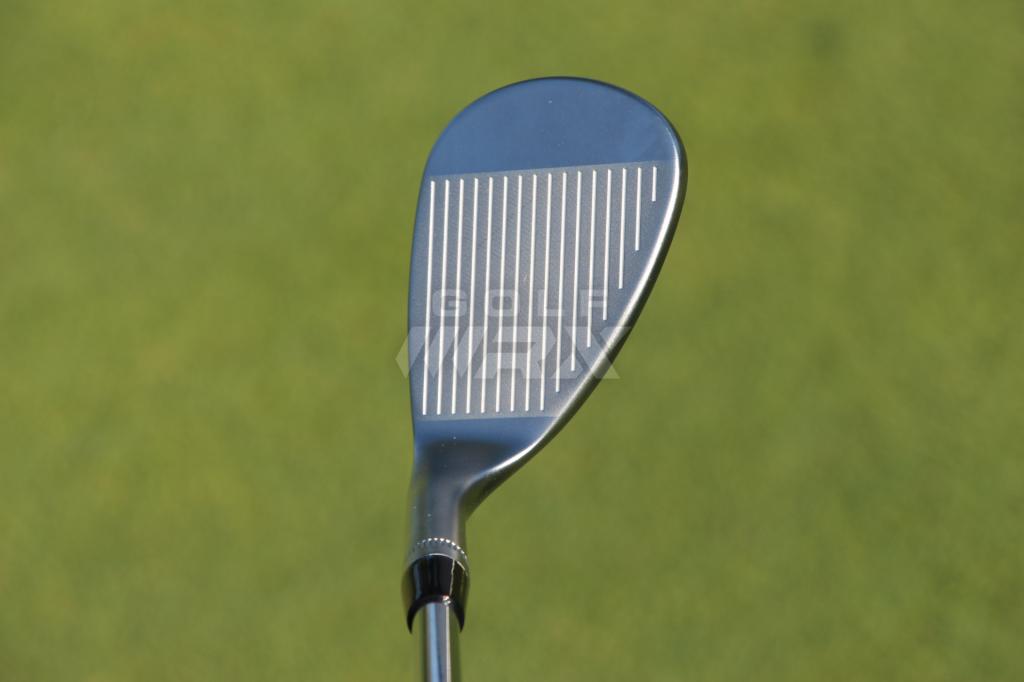













Bob Beher
Jan 2, 2008 at 8:30 pm
Great reviews! I’ve played a 60* to death or at least the lion has almost lost all it’s teeth and am thinking seriously of looking into a SLT or EGG grind on a Satin 58*, you gotta love the options!
When I got the current 54* and 60* in my bag I just found them to be precise and yet highly versatile around the green, especially off mega tight lies. It’s not unusual for me to chip in at least once per round and if the ball doesn’t go in it’s tight.
Scratch is definitely the good stuff!
Doug Booth
Dec 31, 2007 at 6:14 am
got 53 PDC, 56 SND and 60 PDG about 6 months ago, terrific performance, great feel – won’t say they’ll never come out of the bag but right now they’re totally safe.
Also recently bought 6-pw Scratch irons Nippon 950 and they are just as good as the wedges.
The wedges displaced a set of Vokey spin milled, the irons replaced Mizuno mp-33… the first few balls with each cemented the decision and I doubt I’ll ever go back to either of them. I think that probably says how good Scratch are.
Garbear
Nov 26, 2007 at 10:37 am
As a result of extensive discussions with Patrick – I now own 2 Scratch wedges 54* and 60*; had them for a few months now. After a 2yr search for new wedges, Scratch wedges are the most valueable clubs in my bag. Last week alone, I holed out 6 times over 7 days of play AND can’t count how many up and downs resulted from using my 60* LW.
Tyler Fisher
Nov 24, 2007 at 1:56 pm
I am ordering mine as soon as Ari gets back in town. I just don’t know what grinds to go with. I am also ordering a bag from scratch! Go ducks
Ã…ke
Nov 22, 2007 at 3:51 am
I play the TNC 53 and 58 degrees and I love them. The look, the feel, the control, the spin, the leading edge….
scott
Nov 20, 2007 at 5:34 pm
I have Scratch irons and 3 scratch wedges. I will never play another companies irons or wedges. Way to go Ari keep up the good work. Ari ps how did you like Oakmont.